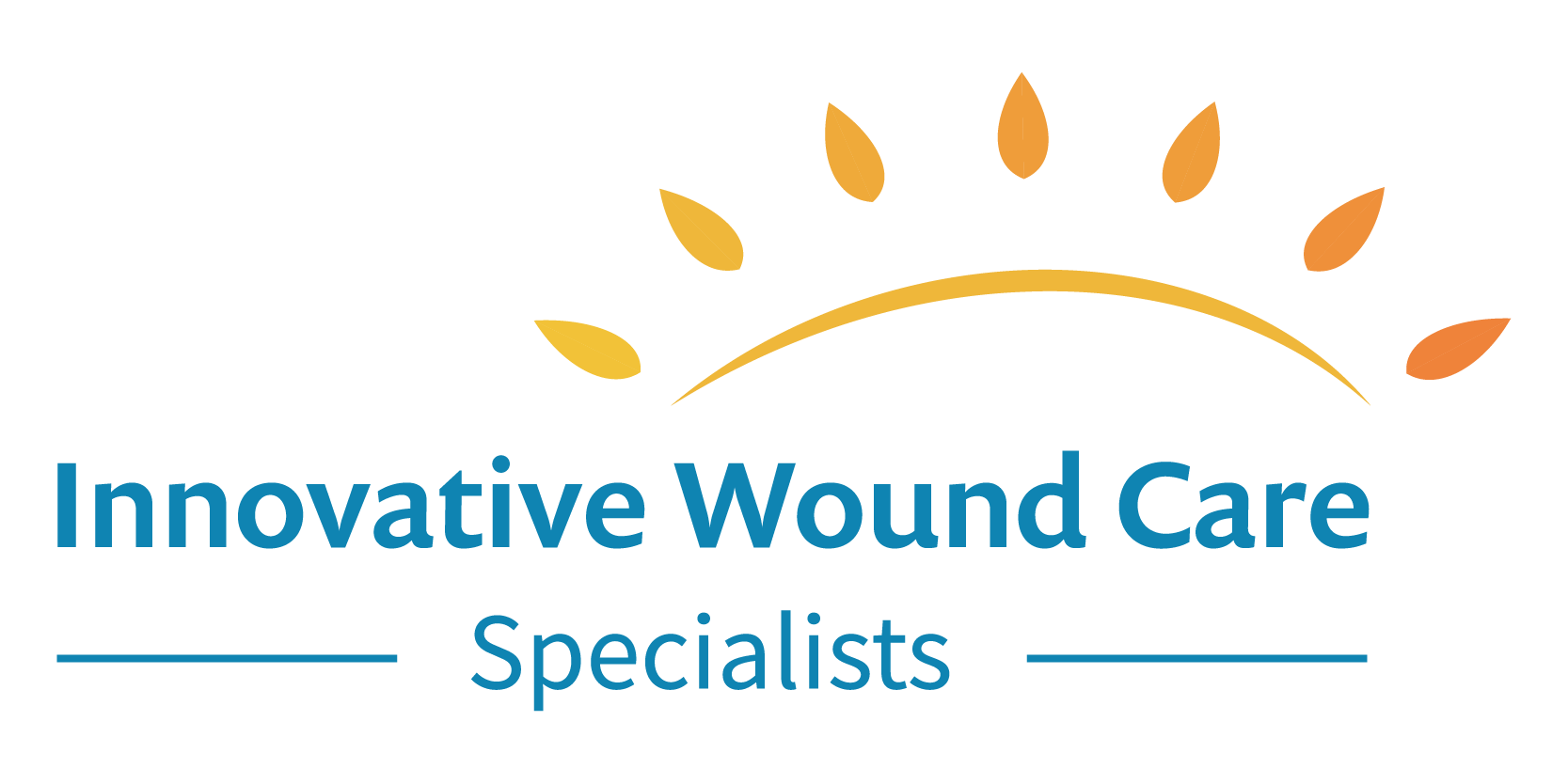Wound Care Treatments
Wound Care Treatments
Advanced Wound Healing Techniques
At Innovative Wound Care Specialists, we provide a comprehensive range of advanced treatments to promote effective wound healing and enhance overall well-being. From Compression Dressings to Hyperbaric Oxygen Therapy (HBOT), our services address various wound types and underlying conditions.
Our goal is to deliver advanced treatments and compassionate care for every patient’s unique needs.
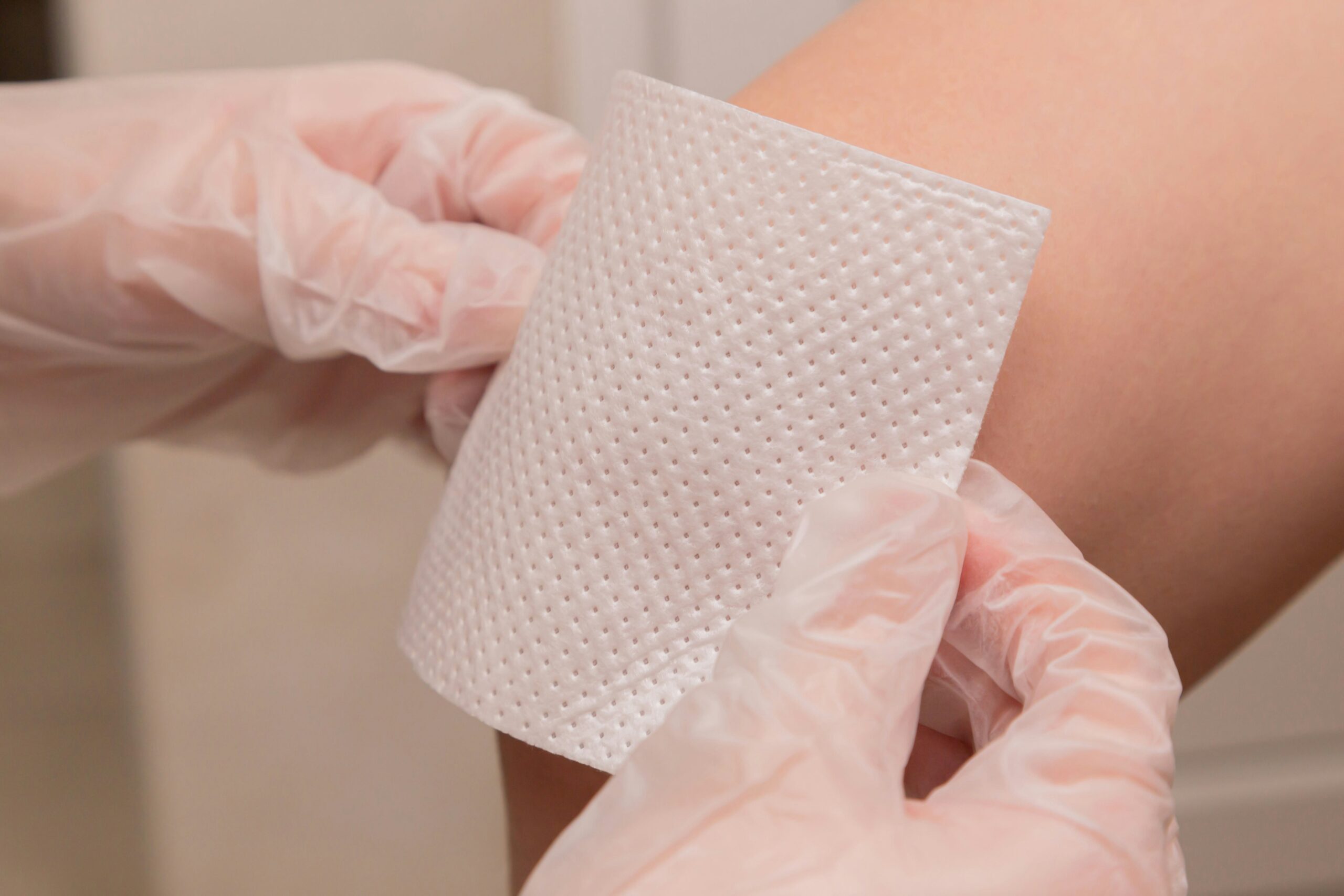
Debridement
Debridement is a medical procedure aimed at removing non-viable or damaged tissue from a wound. This process plays a crucial role in wound healing by creating a more favorable environment for tissue repair and regeneration. There are several ways in which debridement aids in wound healing such as: removal of necrotic tissue, reduction of bacterial load, stimulation of granulation tissue formation, enhancement of cellular activity, improved oxygenation and nutrient delivery, facilitation of epithelialization, prevention of complications, enhanced efficacy of topical treatments, and pain reduction.
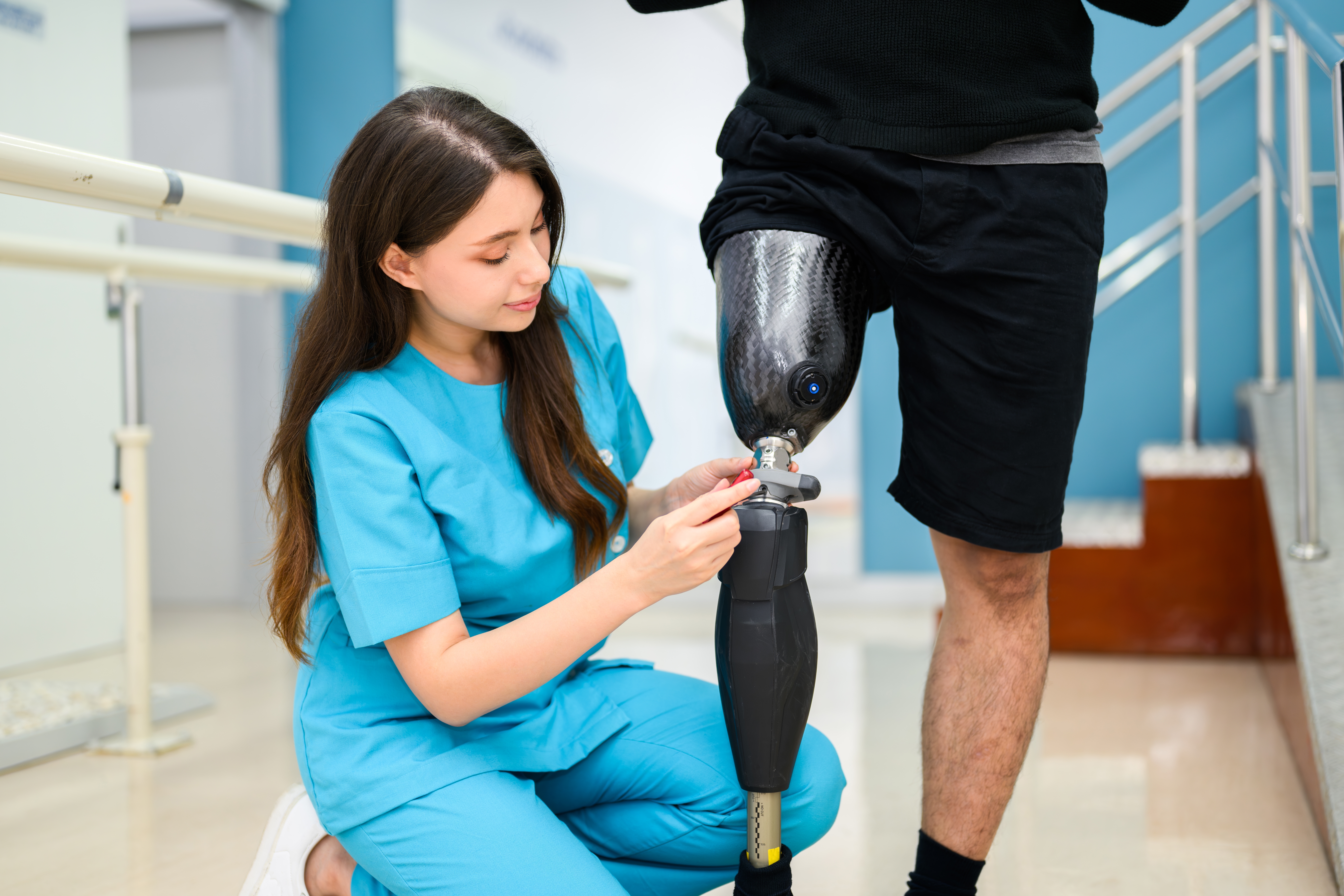
Prosthetic and Pressure Relief Assistance
Prosthetics are designed to enhance wound healing in individuals with certain types of foot ulcers, particularly those associated with diabetes. Pressure reduction is crucial for wounds, especially in individuals with diabetes who may have decreased sensation in their feet. Offloading helps to minimize further trauma to the wound and allows for a more optimal healing environment. These specialized interventions provide several benefits to support the wound healing process including offloading pressure, uniform weight distribution, immobilization and stability, and protection from external environments.

Cellular or Tissue-Based Products
Cellular and/or tissue-based products (CTPs) are used in wound care to promote healing and facilitate the repair of damaged tissues. They are often used in cases of chronic (non-healing) wounds, ulcers, and burns. When applied to wounds, they can accelerate the healing process by promoting cell proliferation and tissue regeneration. The specific choice of cellular tissue product depends on factors such as the type and severity of the wound, the patient’s medical condition, and the desired outcome.
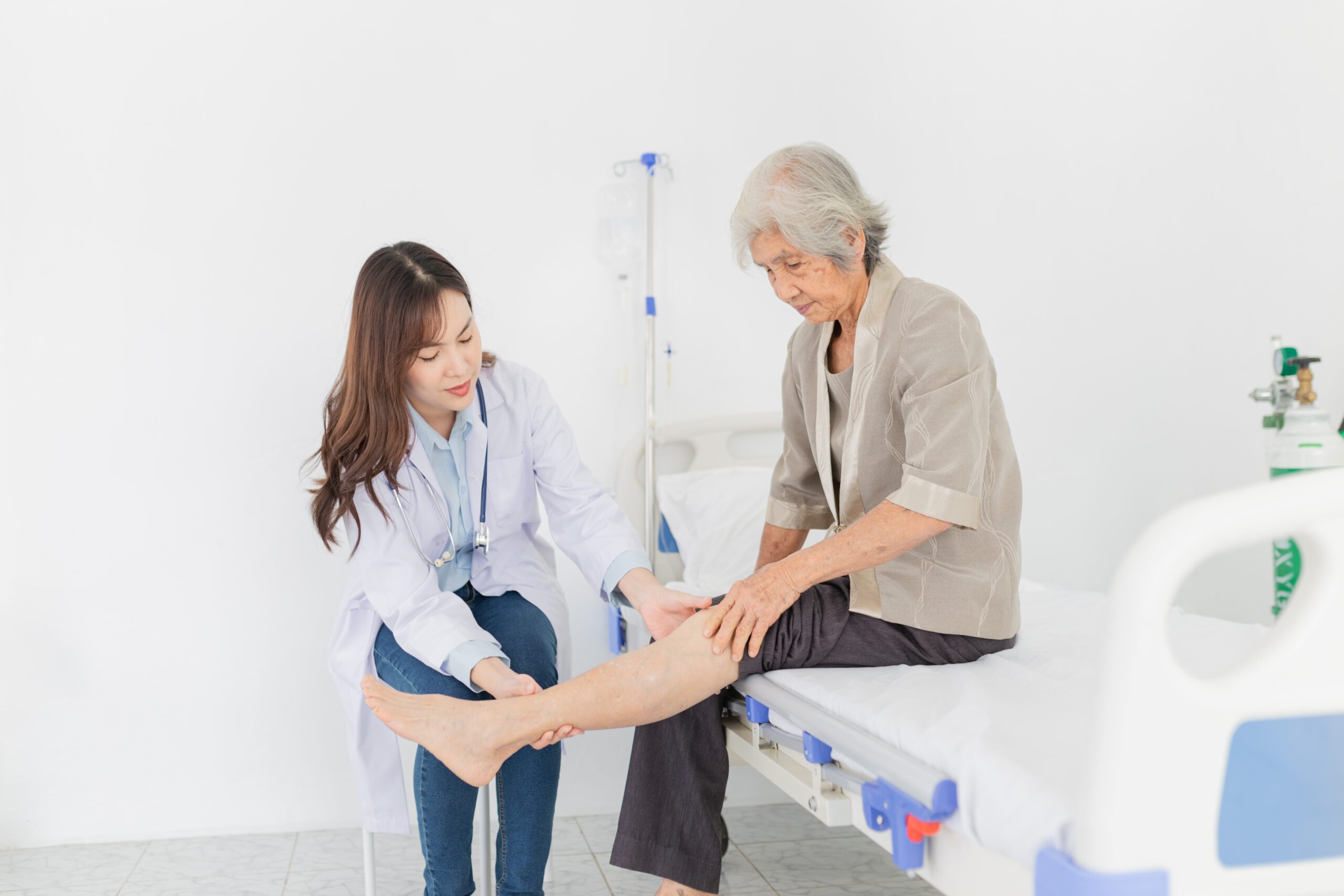
Patient and Wound Assessment
Patient and wound assessments are essential components of the wound care process, playing a crucial role in understanding the patient’s overall health, identifying factors that may impact wound healing, and tailoring an effective treatment plan. Assessing the patient’s overall health, medical history, and lifestyle factors helps healthcare professionals understand potential underlying conditions that may affect wound healing. Factors that may affect wound healing include diabetes, vascular disease, nutritional status, and immune function.

Negative Pressure Wound Therapy
Negative Pressure Wound Therapy (NPWT) is a medical technique used for the management and healing of wounds. NPWT applies the application of negative pressure (vacuum) to a wound site to reduce complications, improve blood flow to the wound site, increase perfusion, enhance delivery of oxygen and nutrients to the tissues, remove excess fluid and control wound exudate, and support the healing process.

Laboratory and Vascular Evaluation
Many chronic wounds, including diabetic foot ulcers and venous leg ulcers, especially in older patients, fail to heal because of stenosis or occlusion of the feeder arteries supplying the local tissue in which the wound has occurred. This condition is known as peripheral arterial disease (PAD). In patients with diabetic foot ulcers, about 50% have PAD, which highlights the importance of vascular screening in such wounds.

Wound Measurement and Photographs
Wound measurements and photographs provide a history of a patient’s wound, show wound healing progress, or lack thereof. Accurate measurement and documentation of the wound’s dimensions are critical for tracking changes over time. Regular assessments help healthcare providers monitor progress, identify any signs of deterioration, and adjust the treatment plan as needed.
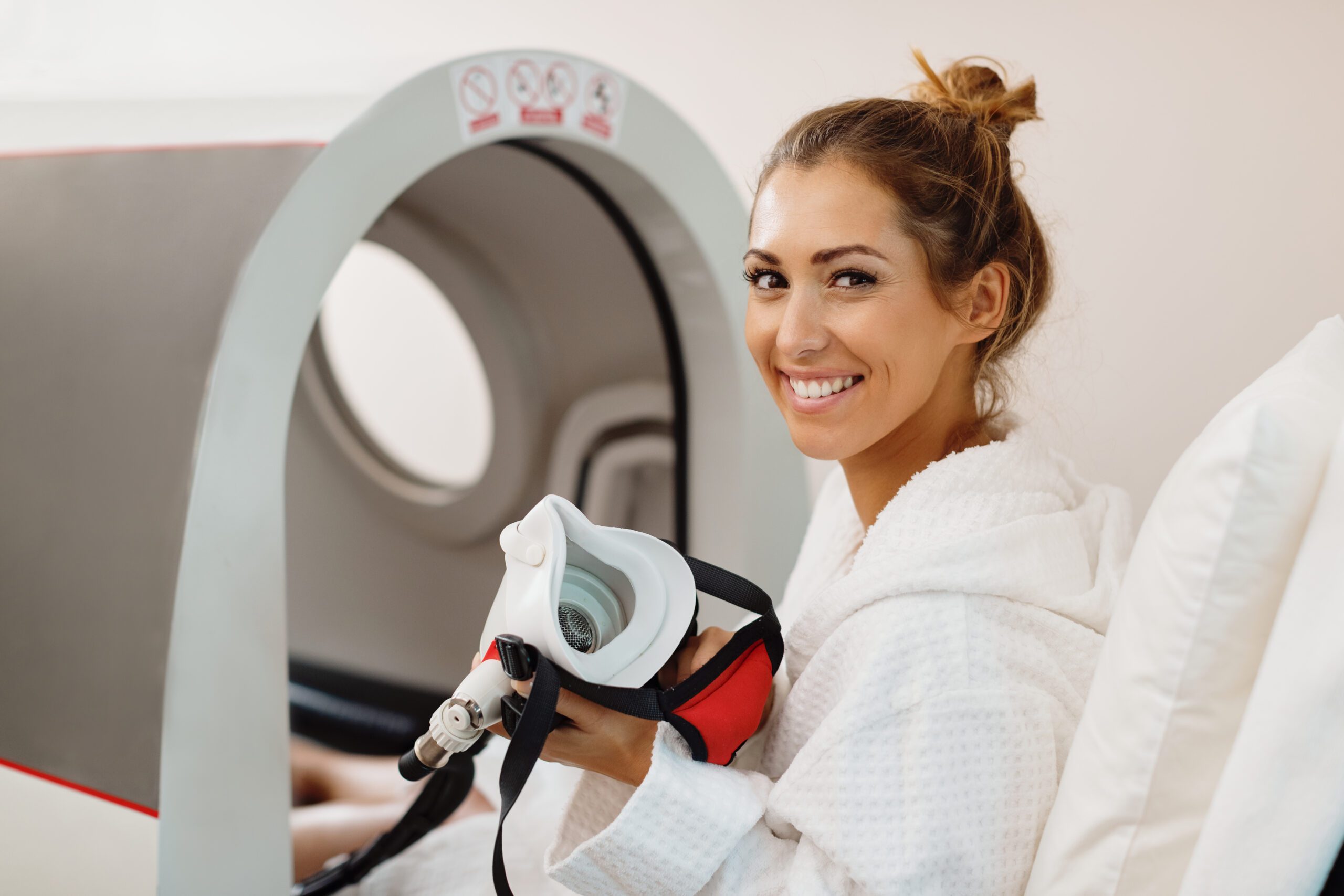
Hyperbaric Oxygen Therapy (HBOT)
Hyperbaric Oxygen Therapy is a non-invasive procedure often used to treat chronic, non-healing wounds. During Hyperbaric Medicine, the patient is placed in a chamber containing 100% oxygen at air pressures greater than atmospheric pressure. Hyperbaric treatments typically last about 2 hours. Most patients will feel no differently than they would at home in their beds. They can watch TV or simply take a nap during treatment.
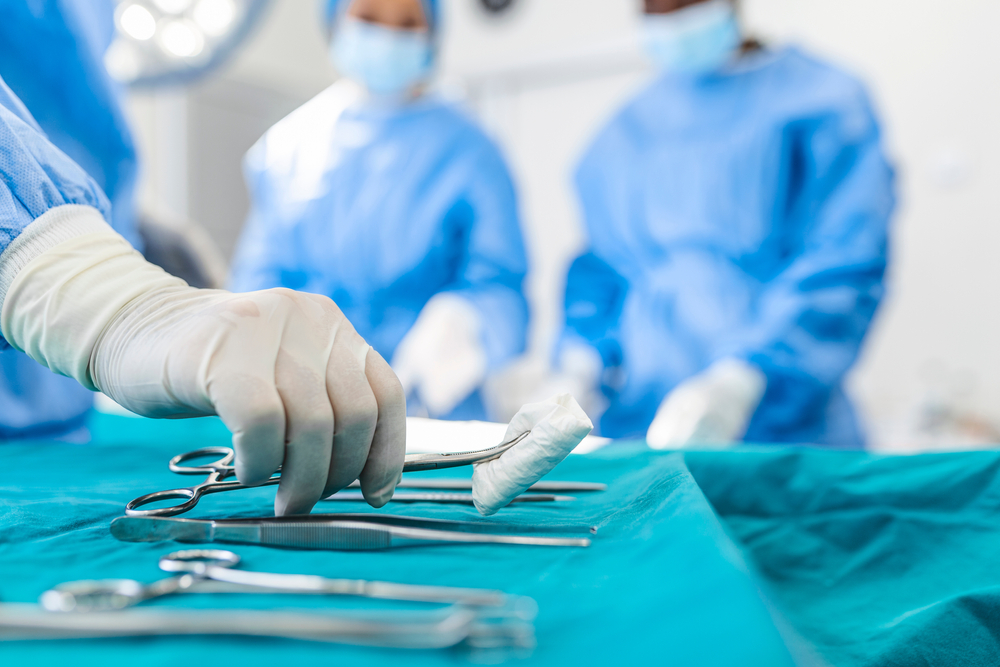
Surgical Procedures and Support
Surgical procedures play a crucial role in wound healing by addressing various conditions. Surgical procedures support wound healing by assisting in wound closure, infection control, tissue removal or repair, promotion of granulation tissue, reducing tension on wounds, enhancing blood supply, and management of complications.

Compression Dressings
Compression Dressings are used for management of venous hypertension, lymphedema, and venous ulcers to reduce edema and aid return of venous blood to the heart. This is a simple, but crucial step for many conditions. Compression dressings are typically not a one-time treatment, and need to be changed out occasionally.
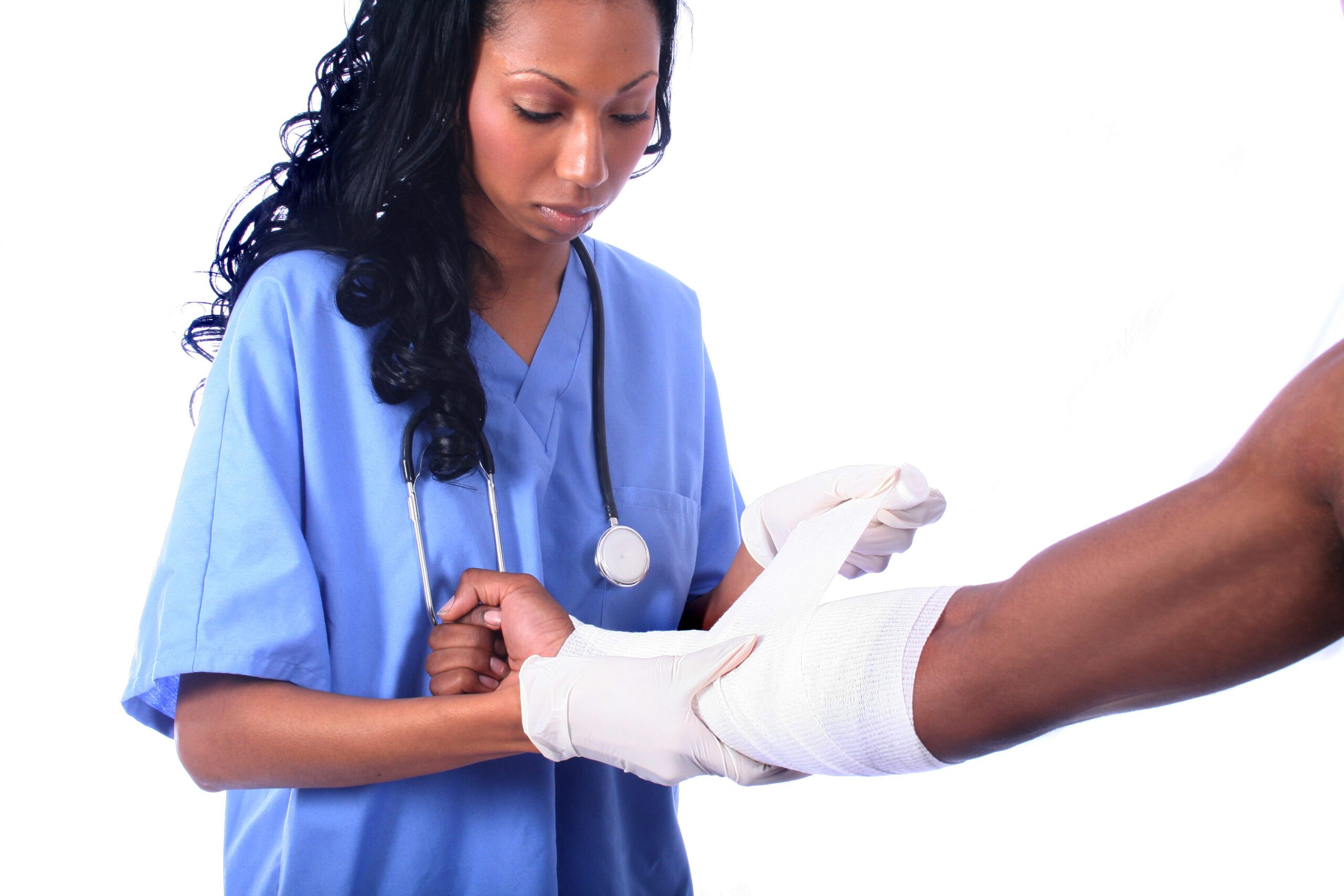
Advanced Wound Dressings
Advanced dressings for moderate to heavily draining, non-healing wounds. These are designed to cover and protect wounds to create optimal healing and reduce infection risk.
